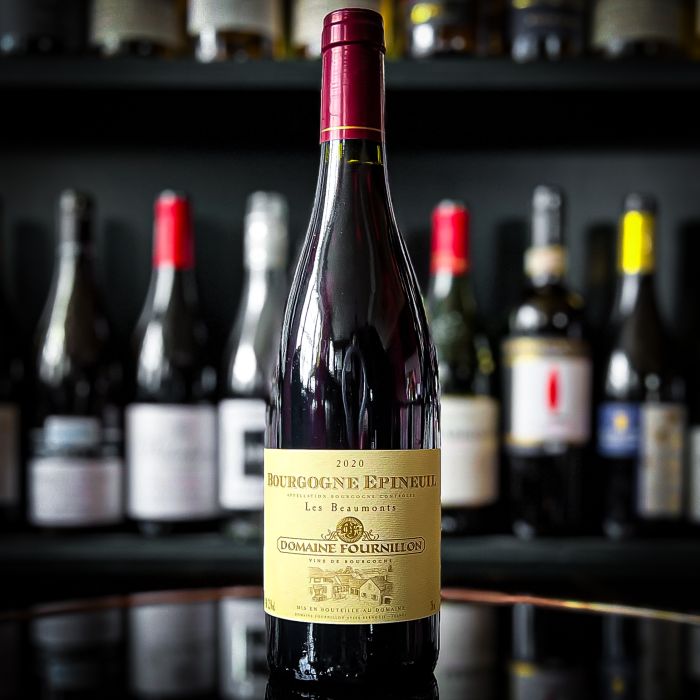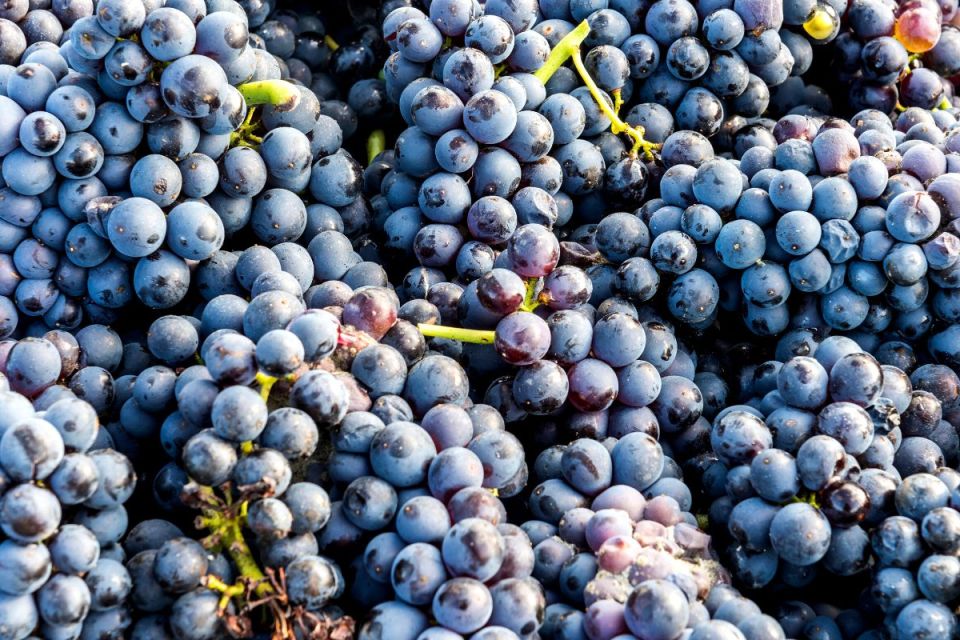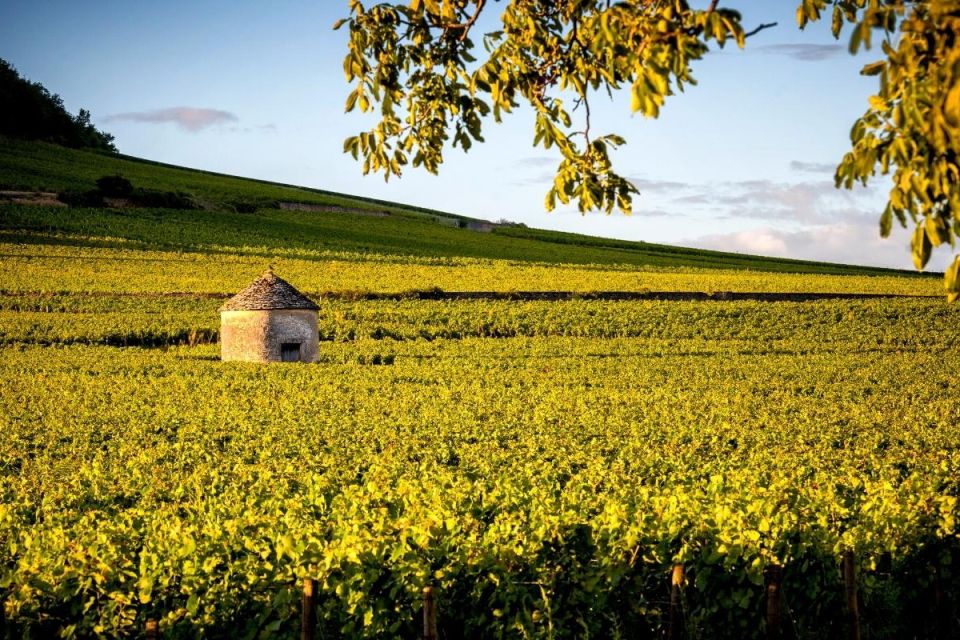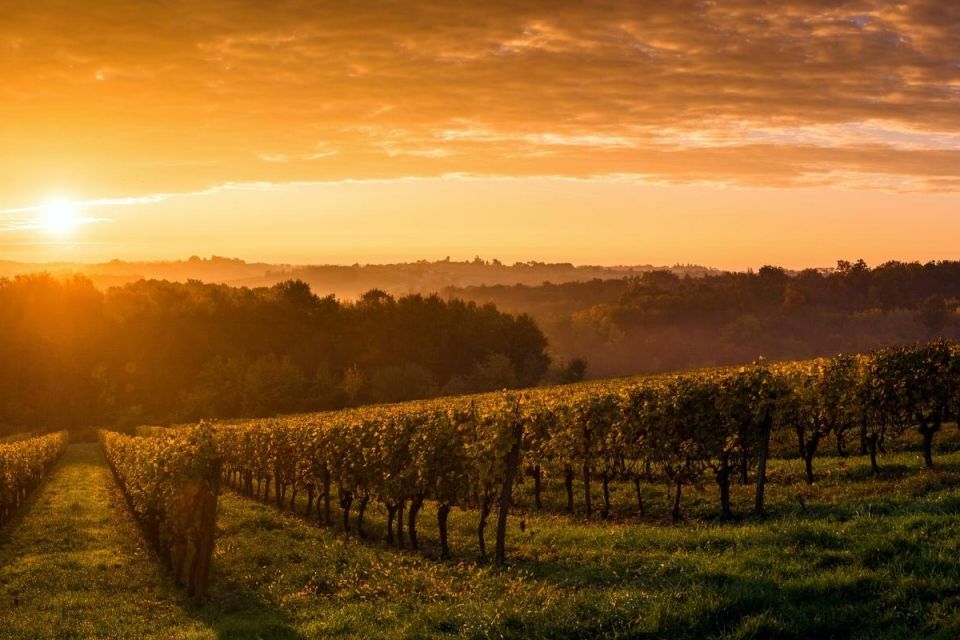Your Mini Basket
Pinot Noir is a red grape variety and a style of red wine that is typically light to medium-bodied, fruit-forward, and relatively low alcohol compared to other red wines. With its higher acidity and lower tannin, Pinot Noirs are very versatile when it comes to food pairing. The red grapes can also be used to make white, rosé and sparkling wine (Blanc de Noirs).
Originally from Burgundy, the thin-skinned Pinot Noir grape is notoriously hard to grow, demanding optimum growing conditions and favouring cooler, coastal climates.
While many experts still consider the best Pinots to come from Burgundy, it is grown in regions around the world, including Oregon, California, New Zealand, Australia, Chile, France, Spain, Germany, and Italy. The wine's diverse geographical range means that you might also find it labelled as Red Burgundy, Pinot Nero, Blauburgunder, or Spätburgunder.




